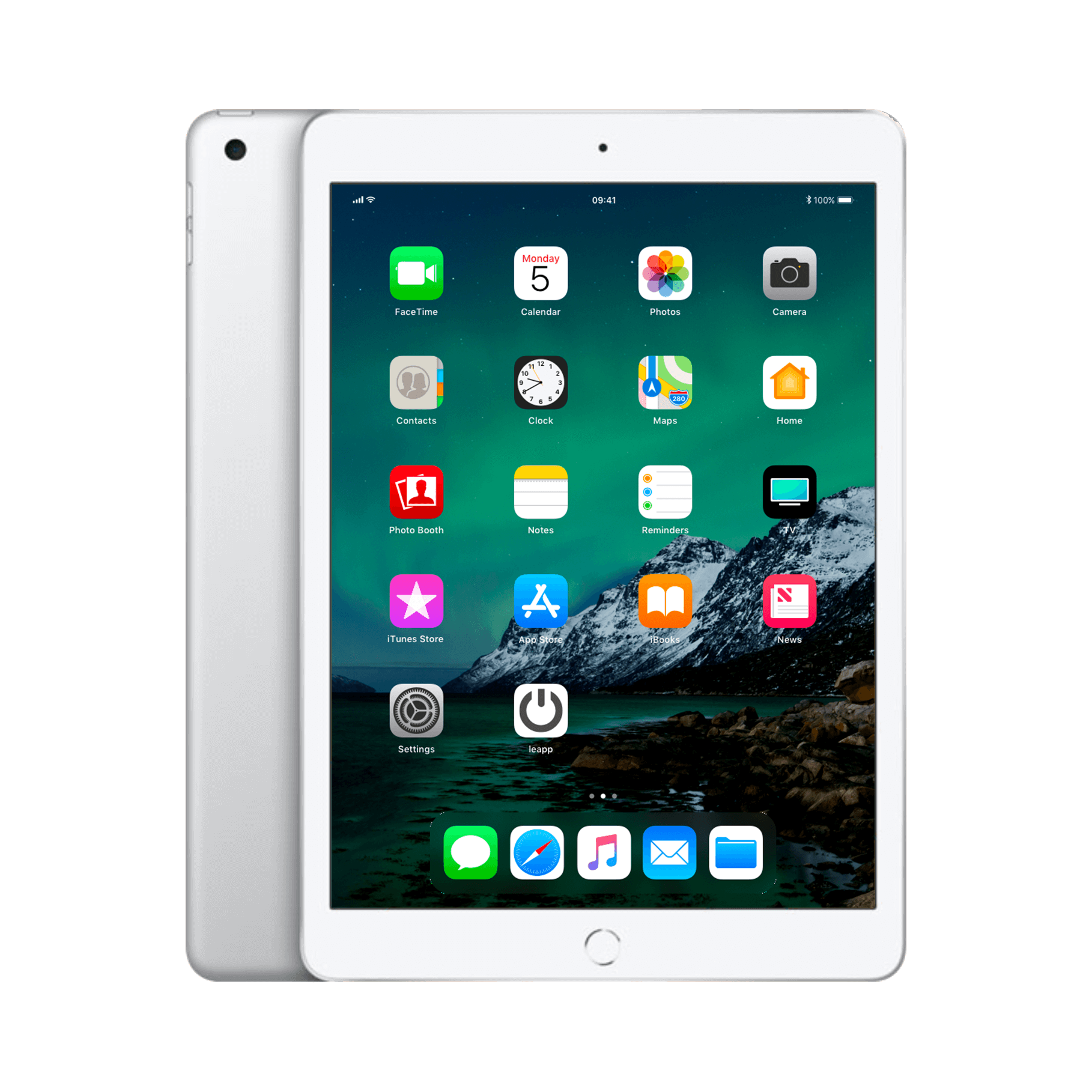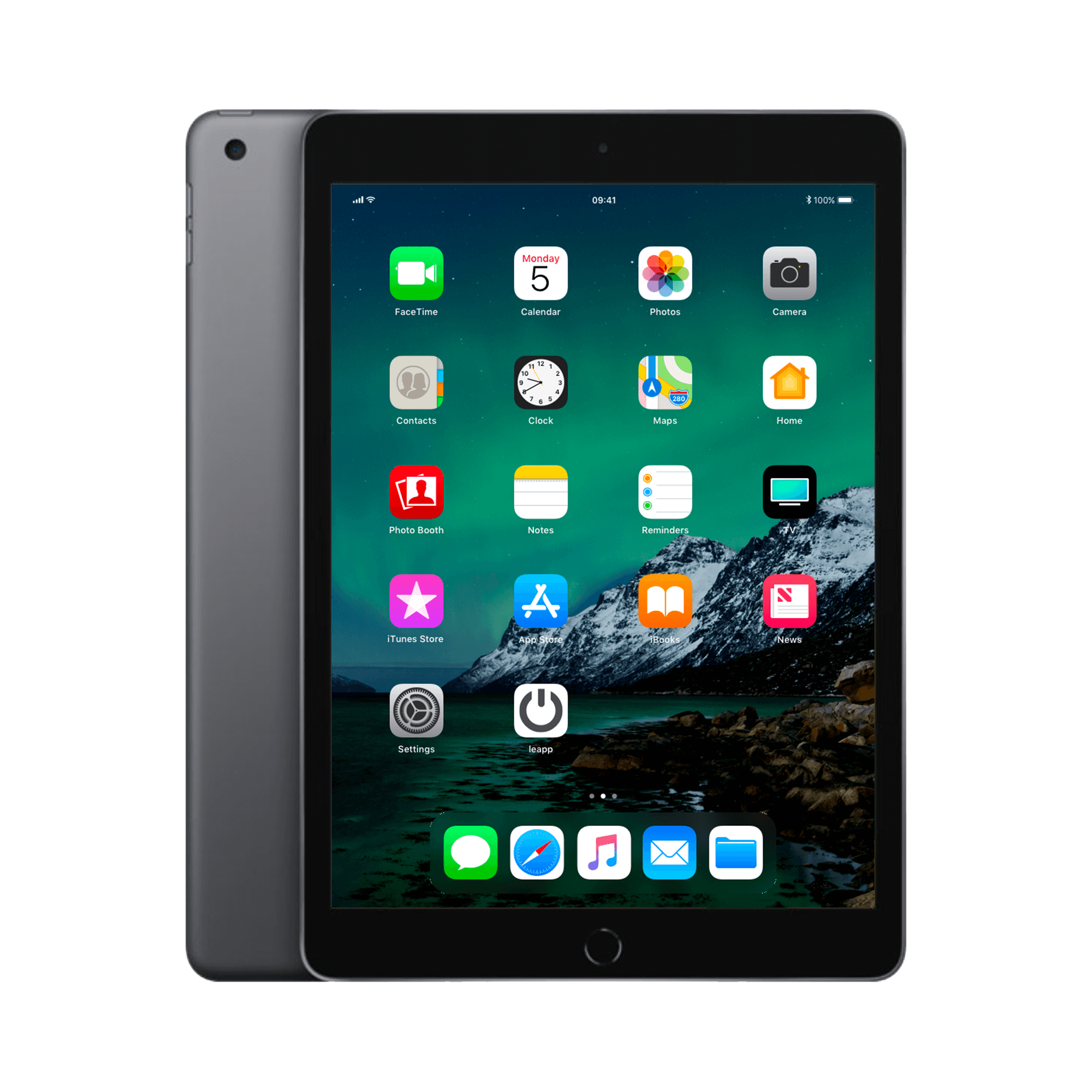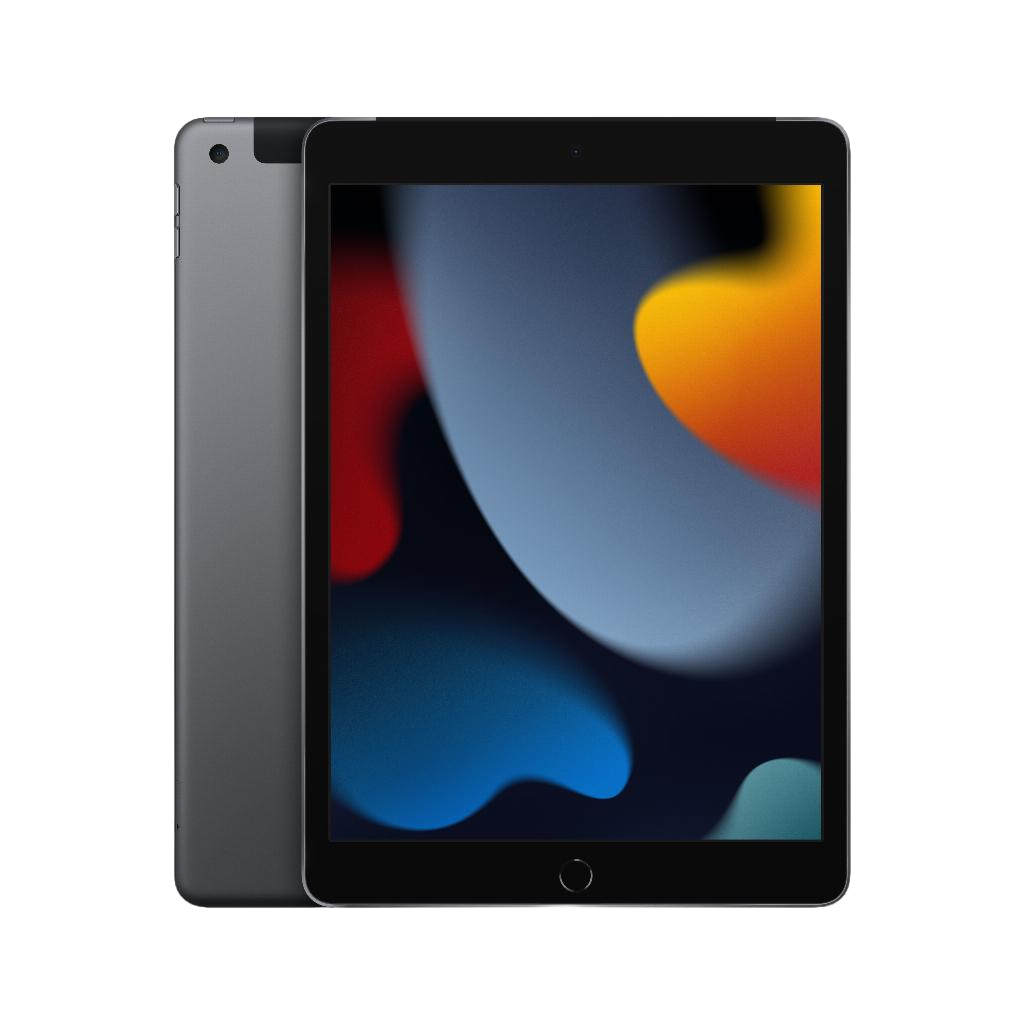How to make slow motion videos with your iPhone
Shooting slow-motion video seems like the preserve of professionals with expensive cameras and complicated software. You see those epic shots everywhere: the falling water droplet, the exploding fruit, the perfect sports trick. But here's the surprise: your iPhone has had this feature built in for years. In fact, most people don't even know their phone can shoot at 240 frames per second . That's four times slower than normal.
No hassle with external apps, no subscriptions, no twenty-minute tutorials. Just open the camera app, swipe left, and you're off. It even works perfectly on an older iPad from 2015. All it takes is five minutes to figure out how to adjust the timeline. Then you'll be creating videos that will amaze your friends.
Useful links
- iPhone collection - For devices with the best slow-motion features
- iPad collection - Also suitable for slow-motion recordings
- Accessories - Tripods and lenses for better videos
The technology behind slow motion on iOS devices
Creating slow-motion videos with your Apple device revolves around framerate. While a regular video shows 30 or 60 frames per second, slow-motion mode records 120 or 240 frames. During playback, these extra frames are stretched over the normal time. The result: movements that are four to eight times slower.
This technology is standard on every device from the iPhone 5s onwards. You don't need to download any external apps or adjust complex settings. The camera app takes care of everything automatically. All you have to do is choose the right moment and press the record button.
Which devices support slow motion?
The basic version with 120 fps works on:
- iPhone 5s and later
- iPad Air and later
- iPad mini 2 and later
- iPad Pro (all models)
The advanced version with 240 fps can be found at:
- iPhone 6 and later (1080p)
- iPhone 8 and later (1080p with better quality)
- iPhone 11 Pro and later (4K slow motion)
- Recent iPad Pro models
Older models perform well for everyday use. A refurbished model from 2015 still captures impressive slow-motion footage. The main difference is in the resolution and light sensitivity.
Step by step: your first slow-motion video
Preparation
Make sure you have enough light. Slow motion requires more light than regular video because the shutter speed is shorter. Filming outdoors works best; indoors, you'll need strong lighting. Also, check your storage space—these videos take up more space.
Taking the shot
- Open the camera app
- Swipe left until you see 'slo-mo'
- Tap the gear (top right) for framerate options
- Choose between 120 fps or 240 fps
- Aim the camera and press the red button
- Stop recording when the action is over
The video is automatically saved with the slow-motion effect. You can recognize this in the Photos app by the icon in the corner.
Editing your slow-motion footage
The magic happens in edit mode. Open your video in the Photos app and tap "Edit." A timeline with white lines will appear at the bottom. The yellow markers indicate which section is playing in slow motion.
Adjusting the effect
Drag the yellow markers to determine where the effect begins and ends. For example, you can:
- Just delay the climax
- Keep the beginning normal for context
- Creating multiple slow-motion moments
- Slow down the whole fragment
When you're satisfied, tap "Done." The original recording will be preserved—you can always revert to the unedited version.
Practical applications and scenarios
Sports and exercise
Perfect for capturing sports techniques. Think of a golf swing, a skateboard trick, or a dip in the pool. The device captures details that the naked eye misses. Coaches use this feature to analyze movements.
Nature and animals
Pets in action, birds landing, waves crashing—everything becomes spectacular in slow motion. Place your phone on a tripod near the bird feeder and wait for the perfect moment. The results are always surprising.
Creative projects
Artists use slow motion for abstract videos. Throw paint against a canvas, pop soap bubbles, or film falling objects. The slow motion reveals patterns and structures that normally remain invisible.
Everyday moments
Children playing, blowing out candles on a birthday cake, confetti falling—ordinary events become extraordinary. It gives a cinematic feel to family videos.
Tips for better slow-motion videos
Light is essential
At 240 fps, the sensor has four times less time to capture light. Therefore, film in daylight or use powerful lights. LED panels work excellently because they don't cause flicker.
Stability increases quality
Use a tripod or lean against a wall. Small movements are amplified in slow motion. A gimbal is ideal for moving shots, but not necessary for beginners.
Set focus manually
Tap and hold the screen where your subject appears. This locks the focus and exposure. This is especially useful for fast-moving action where autofocus is too slow to respond.
Short and powerful filming
Long slow-motion videos get boring. Limit them to 5-10 second clips. This keeps people engaged and saves storage space.
Troubleshooting common problems
Video is too dark
Increase the pre-exposure with the slider. Film closer to windows or go outside. Avoid backlighting—film with the sun at your back.
Subject moves out of frame
Film with more space around your subject. Zoom out and crop later if necessary. For sports: follow the movement with your camera or use a wider lens.
Storage space is filling up
Export videos to your computer or cloud. Delete failed attempts immediately. Consider filming at 120 fps instead of 240 fps—this halves the file size.
Video does not play smoothly
Older devices may struggle with 240 fps. Try switching back to 120 fps or exporting the video at a lower quality for sharing on social media.
Advanced techniques
Once you're familiar with the basics, you can experiment. Combine normal speed with slow motion for dramatic effect. Film multiple takes from different angles and edit them together in iMovie.
Also try the selfie camera in slow-motion mode. Perfect for capturing reactions or creative self-portraits. The quality is lower, but the effect is still impressive.
Consider external lenses for your camera. A macro lens reveals details in slow motion that would otherwise remain invisible. Water droplets, insects, flower petals—everything becomes fascinating.
Share and export
Social media compresses videos, which reduces quality. For Instagram, export in 1080p at 30 fps. For YouTube, keep the original frame rate. WhatsApp drastically reduces quality—it's best to share via a cloud service.
Always keep the original. Export different versions for different purposes. A 4K version for your archive, a compressed version for social media, a short loop for background use.
The slow-motion feature on iOS devices continues to evolve. New models offer higher resolutions and better low-light performance. But even with an older device, you can create videos that will impress people. The secret isn't in the latest technology, but in choosing the right moment and creatively applying the available tools.
Conclusion: slow motion at your fingertips
Creating slow-motion videos is surprisingly simple with your Apple device. The technology has been in your pocket for years, no external apps or subscriptions required. With the right lighting and a little practice with the timeline, you can create footage that will make others jealous.
Whether you're capturing sports, filming creative projects, or simply playing with falling water droplets, the possibilities are endless. Even a refurbished iPhone from 2020 still delivers excellent results. It's not about the latest model, it's about capturing that one perfect moment .























